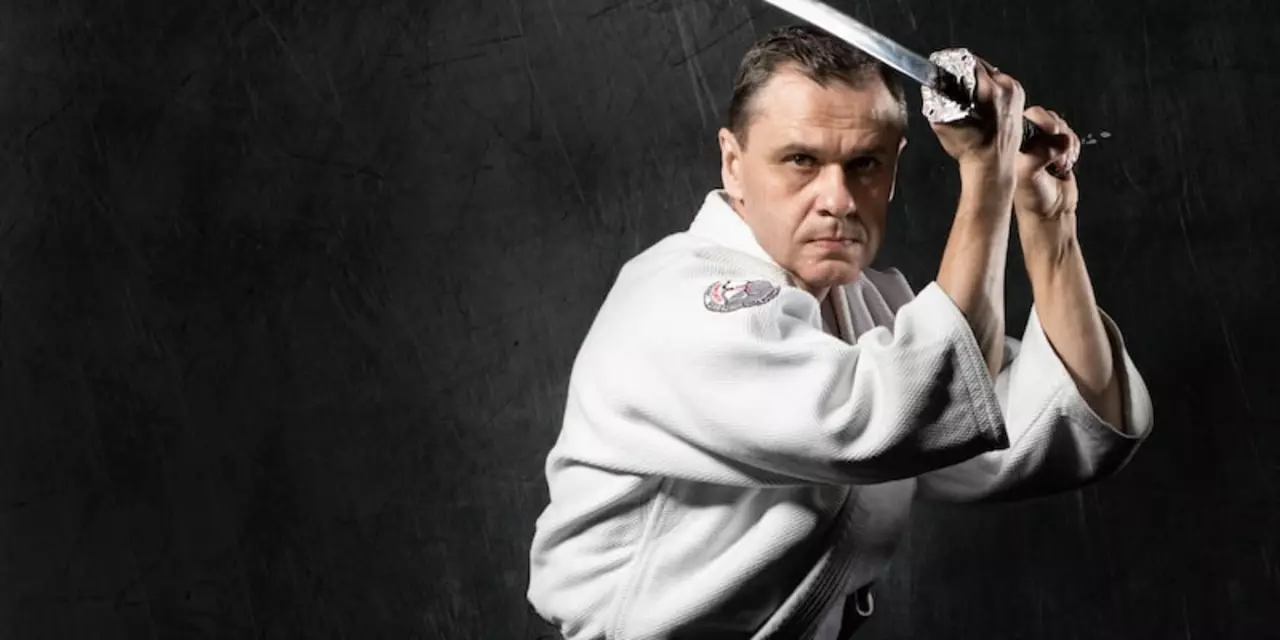Exploring the History of Aikido: Who Created This Ancient Martial Art?
The ancient martial art of aikido has a long and rich history. It is believed to have been created by Morihei Ueshiba (1883-1969), also known as O-Sensei, in the early 20th century. O-Sensei was a master of multiple martial arts styles, including judo and sword fighting, and he combined these techniques to form aikido. He believed that aikido was the way to achieve a peaceful resolution to conflicts, and he devoted his life to teaching and promoting the art.O-Sensei was deeply spiritual, and he believed that aikido was a way to bring people closer to the divine. He also believed that aikido could be used to protect oneself from physical harm, and this led to the development of a variety of techniques for defense against attacks. He taught his students to use the power of the mind and spirit to achieve harmony, and this concept is still at the core of aikido today.
Today, aikido is practiced all over the world and is considered one of the most popular martial arts. It has been adapted to various contexts, such as self-defense, sport, and recreation. The core principles of aikido, however, remain the same, and they can be traced back to the teachings of O-Sensei.
The Philosophy of Aikido: Understanding the Principles Behind the Art
Aikido is a modern martial art that was created by Morihei Ueshiba in the early 20th century. Ueshiba was an expert in a variety of martial arts, and he combined his knowledge of jujutsu, kenjutsu, and other martial arts to create aikido. Ueshiba's goal was to create a martial art that focused on self-defense and harmony, rather than aggression and violence.The philosophy behind aikido is based on the idea of harmony. Ueshiba believed that martial arts should be used to bring peace and harmony to a situation, rather than to cause harm. He taught that aikido should be used to control and redirect the energy of an attacker, rather than to inflict damage upon them. Ueshiba also believed in the importance of being mindful and aware at all times, and he emphasized the importance of being relaxed and in control of your emotions during a conflict.
The principles of aikido are based on the idea of redirecting and controlling an attacker's energy. Aikido practitioners learn how to use their opponent's momentum and power against them, rather than to attack them directly. This is done by redirecting the attack and using the attacker's own energy to throw them off balance. Aikido also emphasizes the importance of using your body in a relaxed, efficient manner in order to move with the attack, rather than against it.
Ueshiba's philosophy of aikido is based on the idea of using martial arts as a means of creating harmony and peace. He believed that martial arts should be used to protect, rather than to inflict harm. Ueshiba's teachings are still followed by aikido practitioners today, and serve as a reminder that aikido is an art based on self-defense and harmony, rather than aggression and violence.
The Benefits of Aikido: Why It's a Popular Martial Art
Aikido is a popular martial art known for its focus on self-defense, harmony, and non-aggression. Created by Morihei Ueshiba in the early 20th century, aikido is a modern synthesis of traditional Japanese martial arts, philosophy, and spiritual practices. Aikido has since become one of the most popular martial arts in the world due to its unique approach to self-defense.Aikido is based on the principle of using an opponent’s force and momentum against them, rather than relying on strength or size. It teaches practitioners how to use the energy of an attack to their advantage, allowing them to control and contain aggression without causing harm. This makes aikido a popular choice for self-defense, as it can be used to protect oneself and others without resorting to violence.
Aikido also emphasizes harmony, both with oneself and with others. Its focus on avoiding confrontation and de-escalating situations makes it a great choice for anyone looking to improve their self-awareness and interpersonal communication skills.
Finally, aikido is a great way to stay in shape. Its wide range of techniques and dynamic movements require practitioners to be agile and flexible, helping to improve coordination, balance, and overall fitness.
Overall, aikido is a great choice for anyone looking to learn a martial art that emphasizes self-defense, harmony, and physical fitness. Its unique approach to self-defense and emphasis on personal growth makes it a popular choice amongst martial arts practitioners.
Aikido Techniques: How to Master the Basics of the Martial Art
Aikido is a unique and powerful martial art that combines elements of striking, throwing, and grappling. It was created by Morihei Ueshiba in the early 20th century, and has since spread around the world. Aikido is a defensive martial art, focusing on redirecting an attacker’s energy rather than confronting it head on.If you’re just starting out with aikido, mastering the basics is essential. Here’s a guide to getting started:
1. Learn the fundamentals. Start with the basic footwork, stances, and arm movements. Make sure you get comfortable with the basics before moving on to more complex techniques.
2. Master the aikido throws. Throws are one of the most important aspects of aikido, and mastering them is essential for success. Practice throws like the Ikkyo, Nikyo, and Sankyo until you can do them without thinking.
3. Practice with a partner. Aikido is best learned with a partner. Once you’ve got the basics down, find a training partner to practice with. Make sure you’re both aware of the importance of safety and always wear appropriate protective gear.
4. Participate in a class. Aikido classes are a great way to learn more and refine your techniques. Find a local dojo and start attending classes.
5. Don’t forget to have fun. Remember, aikido is meant to be enjoyable. Have fun with it and don’t take yourself too seriously.
Mastering the basics of aikido can take time, but it’s worth it. Dedicate yourself to the practice and you’ll be well on your way to becoming an aikido master.

